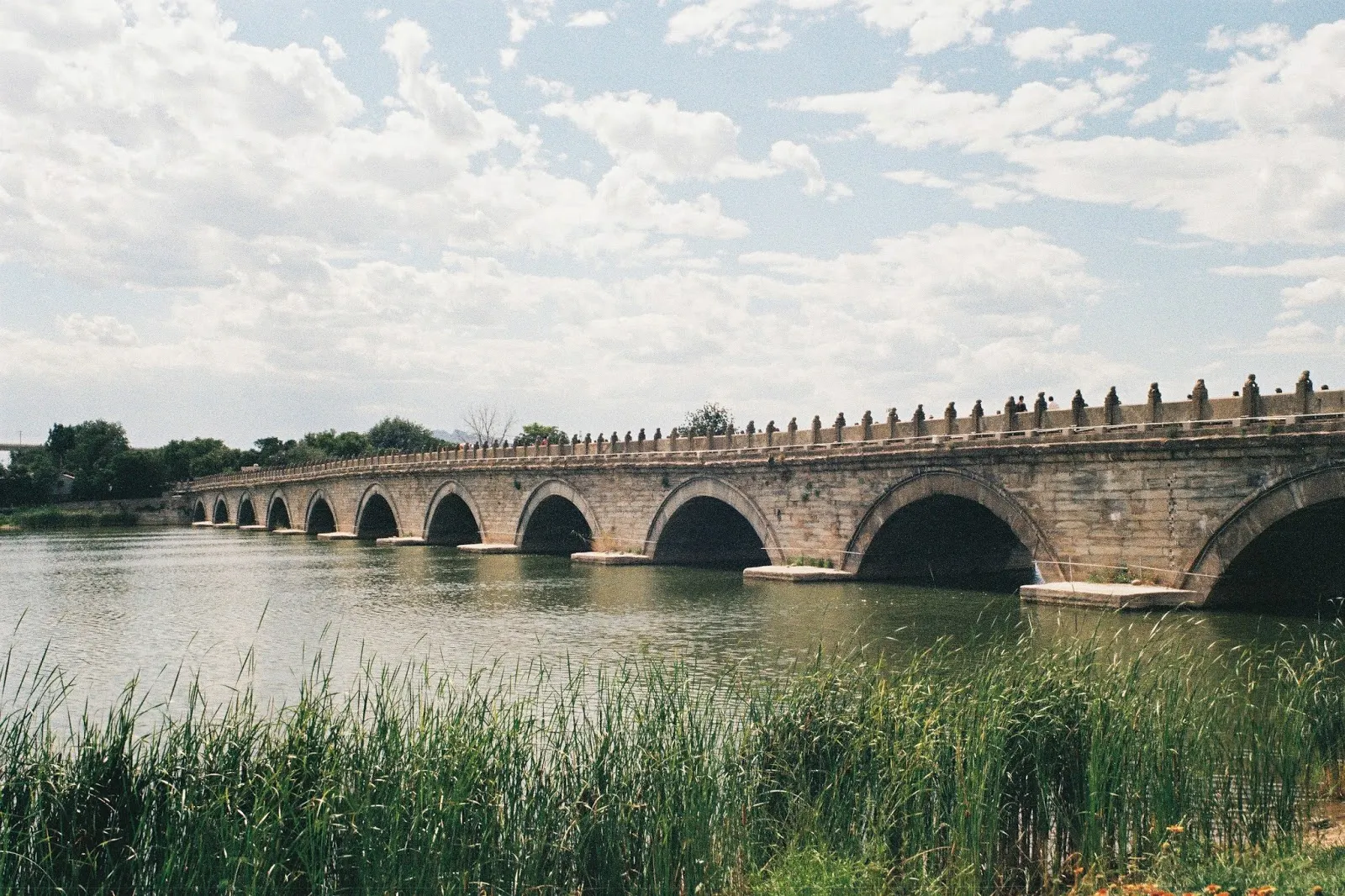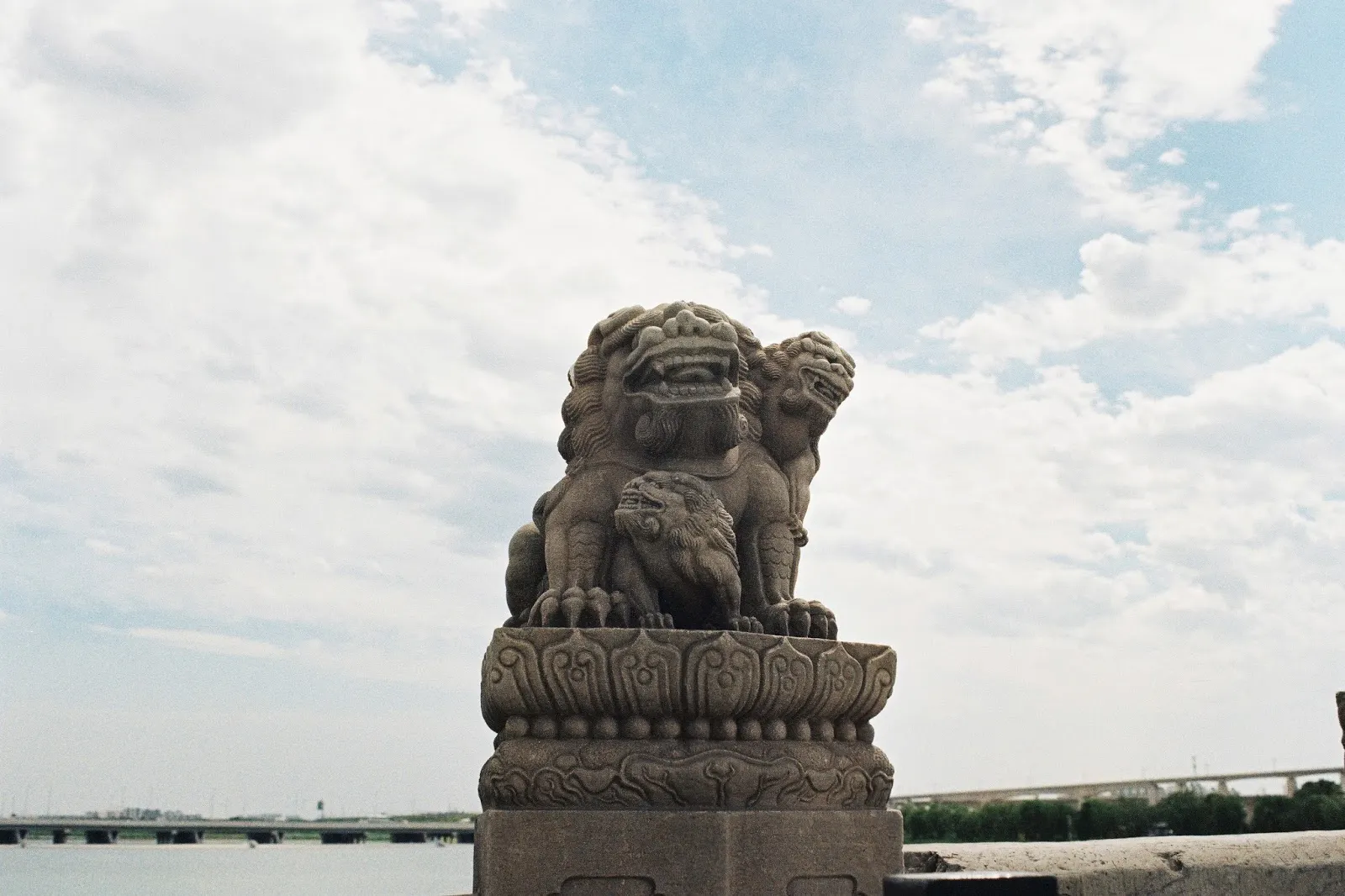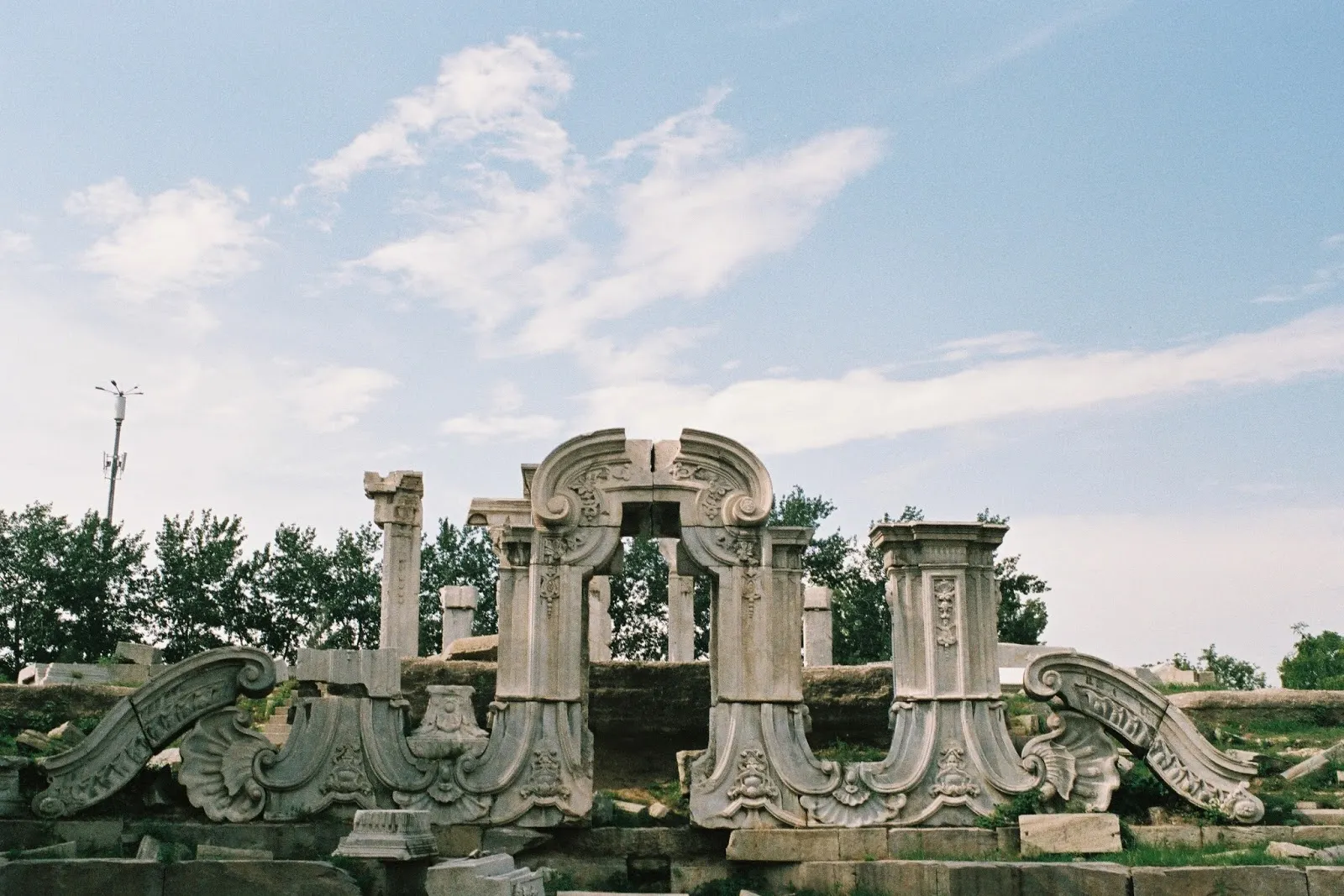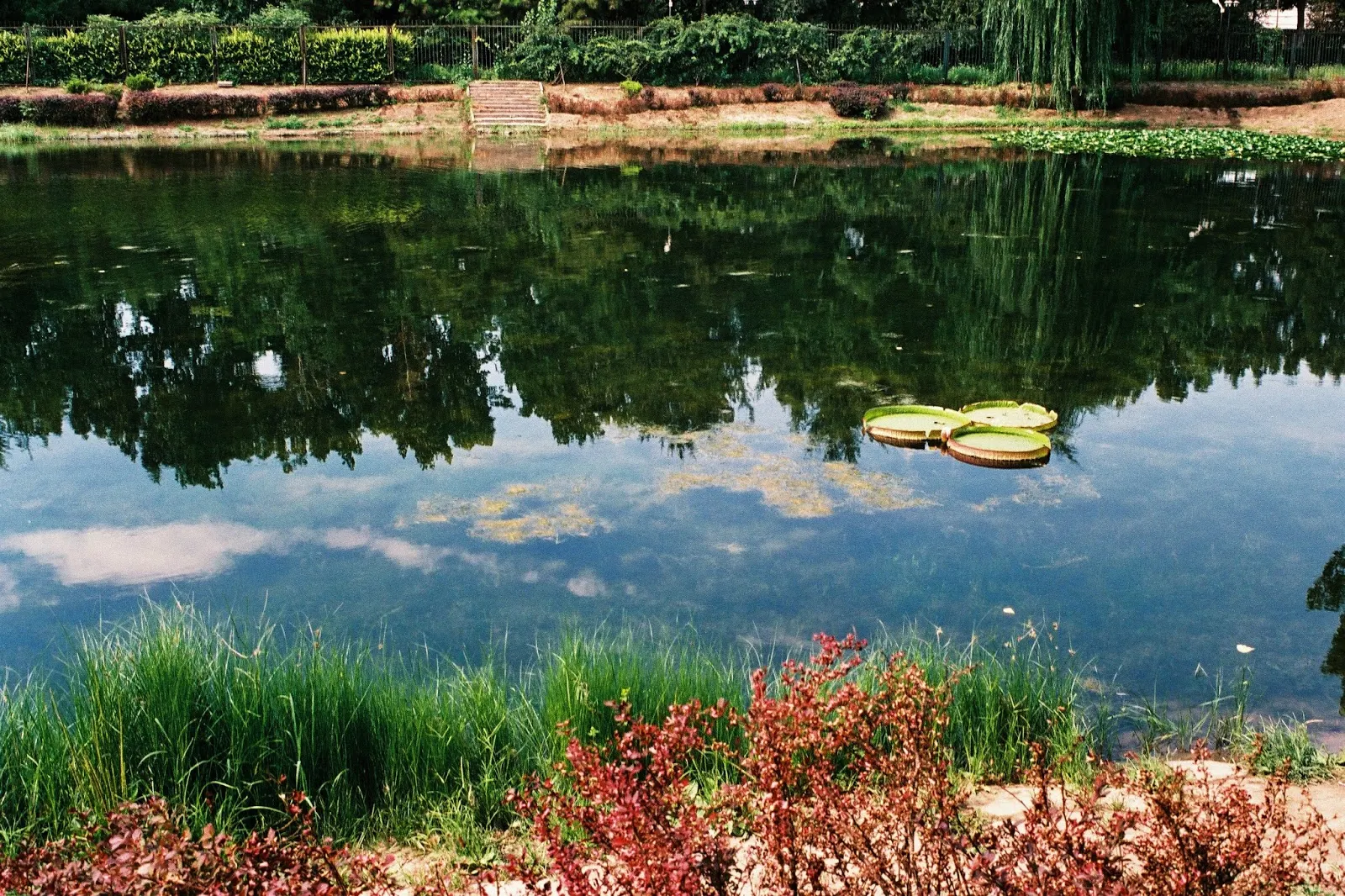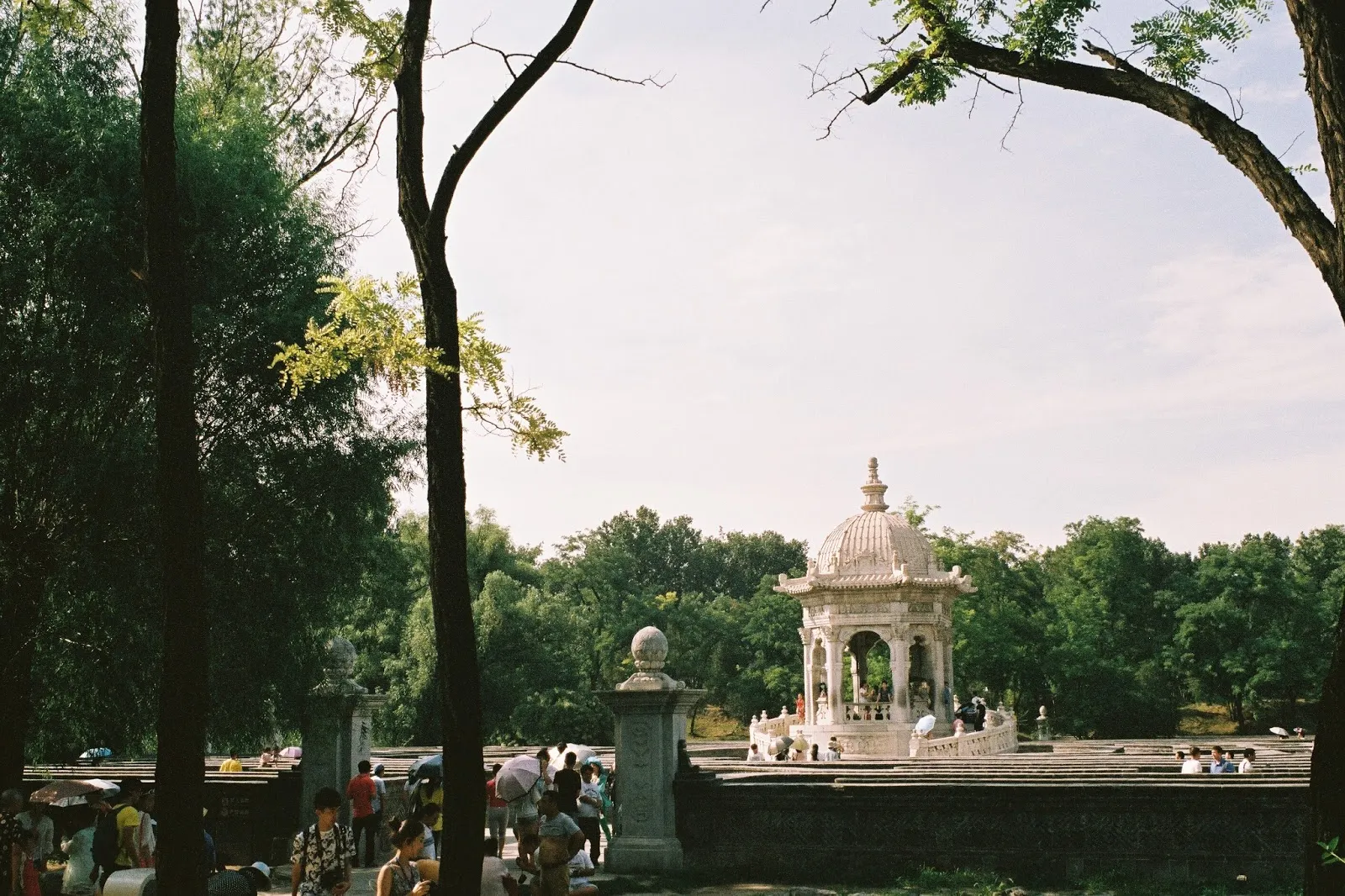Visiting the historically and culturally rich city of Beijing, it is inevitable to visit the famous landmarks to prove that one has been here. However, for this trip to Beijing, I did not plan too many historical sites to visit. Firstly, it is because everywhere is crowded with people, and I am afraid that I will not be able to fully appreciate the beauty amidst the crowds. Secondly, as someone with a background in science and engineering, I do not have a strong sense of attachment to history. The only historical sites that leave a lasting impression in my mind are those that are particularly outstanding or have had a significant impact on history, leading to a new era.
Therefore, when planning the itinerary, I only included the "Lugou Bridge" as the only historical attraction in Beijing. The rest of the historical sites were visited to accompany my friends.
Table of Contents
WWII: Marco Polo Bridge (Lugou Bridge)
Lugou Bridge
Choose to visit the Lugou Bridge because this historical event is closest to my generation (90s) and indirectly affects my upbringing.
The Lugou Bridge Incident, also known as the Marco Polo Bridge Incident, was the outbreak of the Sino-Japanese War and marked the beginning of World War II in Asia. At the start of the war, the Japanese army attempted to search for the opposite side of the Lugou Bridge in Wanping City, but failed, and instead attacked Wanping City with artillery fire, causing casualties and launching the Sino-Japanese War which lasted for eight years and resulted in countless deaths and injuries. Japan was eventually defeated, and Taiwan was taken over by the Nationalist government, indirectly affecting those of us living in Taiwan.
However, even though the Lugou Bridge was the starting point of the Sino-Japanese War, walking on it gives no evidence of the war. The blue sky, white clouds, flowing river, square, bridge deck, and lazy tourists sunbathing on the bridge all remain. The stone lions on the bridge still stand to welcome pedestrians. Occasionally, a breeze blows, causing ripples in the calm river and swaying the weeds and flowers on the banks, creating a peaceful and beautiful scene that is almost unimaginable to think of the chaos of war at that time. It is a wonder that the Sino-Japanese War has not eroded the architectural impression of the Lugou Bridge, and the description in Marco Polo's travelogue in the 13th century may be closer to its original style and charm, making people yearn for it.
"When you leave the City of Cambaluc and have ridden ten miles, you come to a very large river which is called PULISANGHIN, and flows into the ocean, so that merchants with their merchandise ascend it from the sea. Over this River there is a very fine stone bridge, so fine indeed, that it has very few equals. The fashion of it is this: it is 300 paces in length, and it must have a good eight paces of width, for ten mounted men can ride across it abreast. It has 24 arches and as many water-mills, and 'tis all of very fine marble, well built and firmly founded. Along the top of the bridge there is on either side a parapet of marble slabs and columns, made in this way. At the beginning of the bridge there is a marble column, and under it a marble lion, so that the column stands upon the lion's loins, whilst on the top of the column there is a second marble lion, both being of great size and beautifully executed sculpture. At the distance of a pace from this column there is another precisely the same, also with its two lions, and the space between them is closed with slabs of grey marble to prevent people from falling over into the water. And thus the columns run from space to space along either side of the bridge, so that altogether it is a beautiful object. "
It is clear from the travelogue that Marco Polo described and praised the architecture of the Lugou Bridge. However, the bridge was actually completed in the 12th century (during the Jin dynasty). During the reign of Emperor Zhangzong of Jin, "Lugou Xiaoyue" was already listed as one of the "Eight Scenic Spots of Yanjing". Since the Ming dynasty, many literati have written poems and songs about this scenery, highlighting the beauty of Lugou Xiaoyue in the hustle and bustle of passing travelers. Perhaps because of this, even when wandering around the Lugou Bridge at noon, as a traveler who comes and goes everywhere, I am especially reluctant to leave. I often come and go without a trace in the crowded place full of travelers coming and going, and I can feel relaxed and at ease.
Statue on Lugou Bridge
Old Summer Palace
Ruins of the European-style palaces
Half of the visit to the Old Summer Palace is guided by a tour guide, but due to the large number of listeners, most of what is heard is the buzzing sound of the microphone.
At first glance, the Old Summer Palace does not seem to be full of Chinese elements as imagined. It is not only designed with Chinese garden styles, but the northern part of the Changchun Garden is a famous Western-style building. After being burned down, it is somewhat similar to the ancient Greek buildings often seen in books. However, upon closer inspection, the gorgeously decorated carvings immediately bring to mind Baroque architecture. Just by looking at these ruins, it is not difficult to imagine the scene of the Old Summer Palace being full of carved railings and jade walls before the joint invasion of Britain and France. What's more worth mentioning is that these buildings, even after being destroyed and reduced to ruins, still exhibit their artistic charm. It is evident that the title of "the garden of all gardens" is not just an empty name!
Lakeview in Old Summer Palace
Although most of the garden is in ruins, the Wanhua Formation has been restored. The Wanhua Formation is actually a maze, with a beautifully carved European-style stone pavilion located within. It is said that during the Mid-Autumn Festival, Emperor Qianlong sat on a chair and watched the palace ladies carrying lanterns to compete in the maze. Whoever reached the stone pavilion first would receive a reward. The palace ladies not only had to use their wits to win the emperor's favor, but also had to be skilled in these games. Only those who were not favored by the emperor had the opportunity to impress him. However, after the invasion of the Anglo-French allied forces, in modern times where gender equality is promoted, and in a Chinese society full of strong women, such Mid-Autumn Festival games are no longer seen. They have now become small games for tourists to experience!
Looking up at the stone pavilion within the Million-flower Array.
Looking at the stone pavilion outside from the Million-flower Array
Despite the constant flow of visitors to the Old Summer Palace, the remnants of the post-war era are visible everywhere. However, its beauty does not seem to have vanished as a result. Instead, it has gained a charming atmosphere of washing away the superficial and a sense of warmth weathered by time. It can be considered the epitome of all gardens!
The chaotic impression cast upon the Marco Polo Bridge by war was completely transformed after my on-site visit, giving me a fresh understanding. It no longer evokes excessive or incorrect associations with historical terms. However, without prior knowledge of history, one might easily disregard the option of visiting the remote and unpopular Marco Polo Bridge, missing the opportunity to get to know it. This illustrates the importance of both "reading ten thousand books" and "traveling ten thousand miles."
Related Posts
Search
.jpg)
